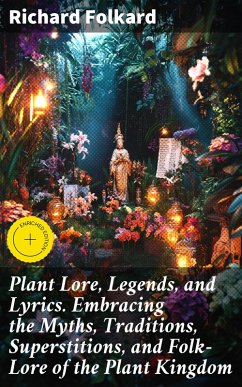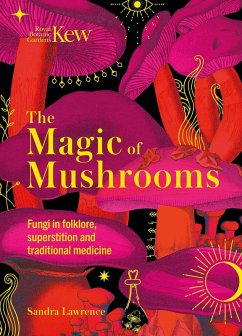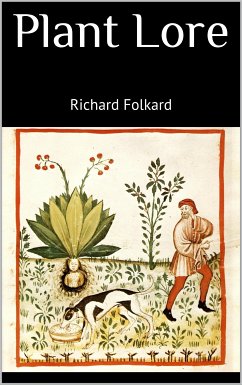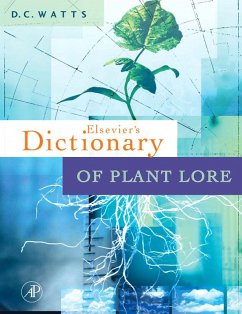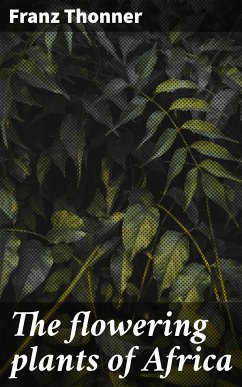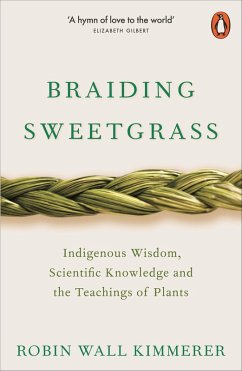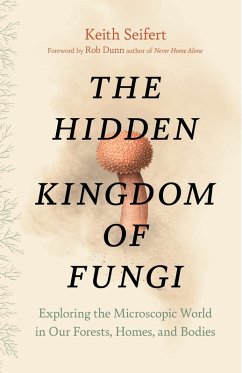
The Folk-lore of Plants (eBook, ePUB)
Enriched edition. Exploring the Symbolism and Myths of Plant Folklore
Kommentar: Merrill, Shelby / Redaktion: Good Press
Versandkostenfrei!
Sofort per Download lieferbar
1,99 €
inkl. MwSt.
Weitere Ausgaben:

PAYBACK Punkte
0 °P sammeln!
In "The Folk-lore of Plants," T. F. Thiselton-Dyer meticulously explores the rich tapestry of botanical folklore, delving into the intricate relationship between plants and human culture through the ages. The work combines a compelling narrative with a scholarly approach, examining the etymology, mythos, and traditions surrounding various plants across different cultures. Thiselton-Dyer's literary style is characterized by a blend of anecdotal evidence and rigorous research, situated within the context of late 19th-century Victorian interests in natural history and folklore, reflecting a perio...
In "The Folk-lore of Plants," T. F. Thiselton-Dyer meticulously explores the rich tapestry of botanical folklore, delving into the intricate relationship between plants and human culture through the ages. The work combines a compelling narrative with a scholarly approach, examining the etymology, mythos, and traditions surrounding various plants across different cultures. Thiselton-Dyer's literary style is characterized by a blend of anecdotal evidence and rigorous research, situated within the context of late 19th-century Victorian interests in natural history and folklore, reflecting a period when the study of cultural traditions and the natural world were gaining scholarly attention. T. F. Thiselton-Dyer was an eminent British folklorist and a key figure in the classification of folklore, deeply influenced by his background in botany and his fascination with the intersection of nature and myth. His keen observations and in-depth analyses stemmed from an era that celebrated both scientific inquiry and cultural exploration, leading him to compile this exhaustive examination of plant folk-lore. This personal and academic convergence underscores the significance of plants in sustaining human mythology and cultural practices. I highly recommend "The Folk-lore of Plants" to readers interested in the confluence of botany and folklore, as this seminal work illuminates how plants are woven into the very fabric of human experience. It is an indispensable resource for scholars, botanists, and anyone passionate about understanding the cultural significance of the natural world. In this enriched edition, we have carefully created added value for your reading experience: - Hand-picked Memorable Quotes shine a spotlight on moments of literary brilliance. - Interactive footnotes clarify unusual references, historical allusions, and archaic phrases for an effortless, more informed read.
Dieser Download kann aus rechtlichen Gründen nur mit Rechnungsadresse in A, B, BG, CY, CZ, D, DK, EW, E, FIN, F, GR, H, IRL, I, LT, L, LR, M, NL, PL, P, R, S, SLO, SK ausgeliefert werden.




